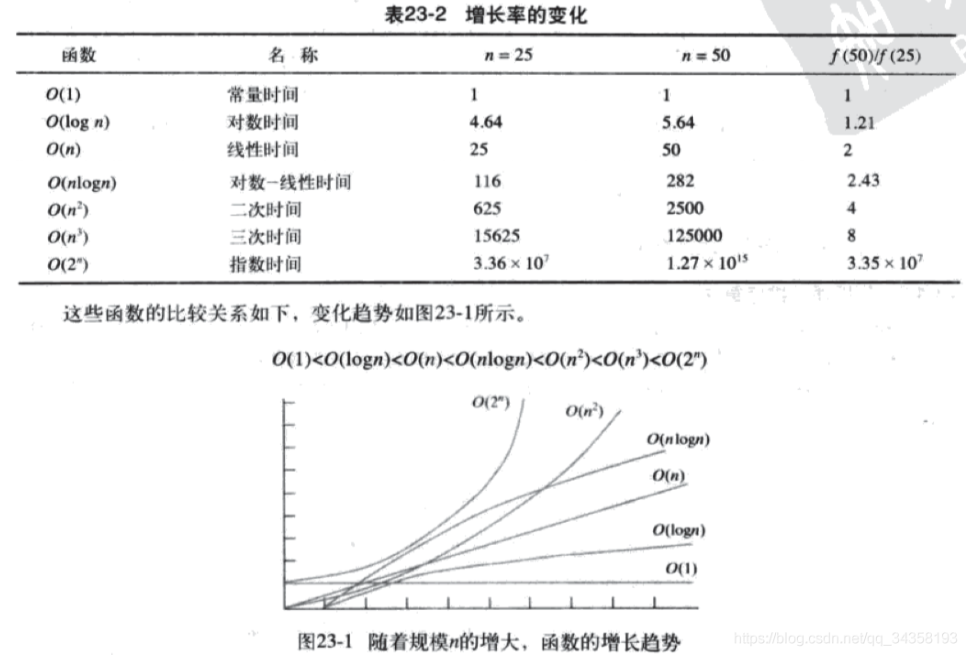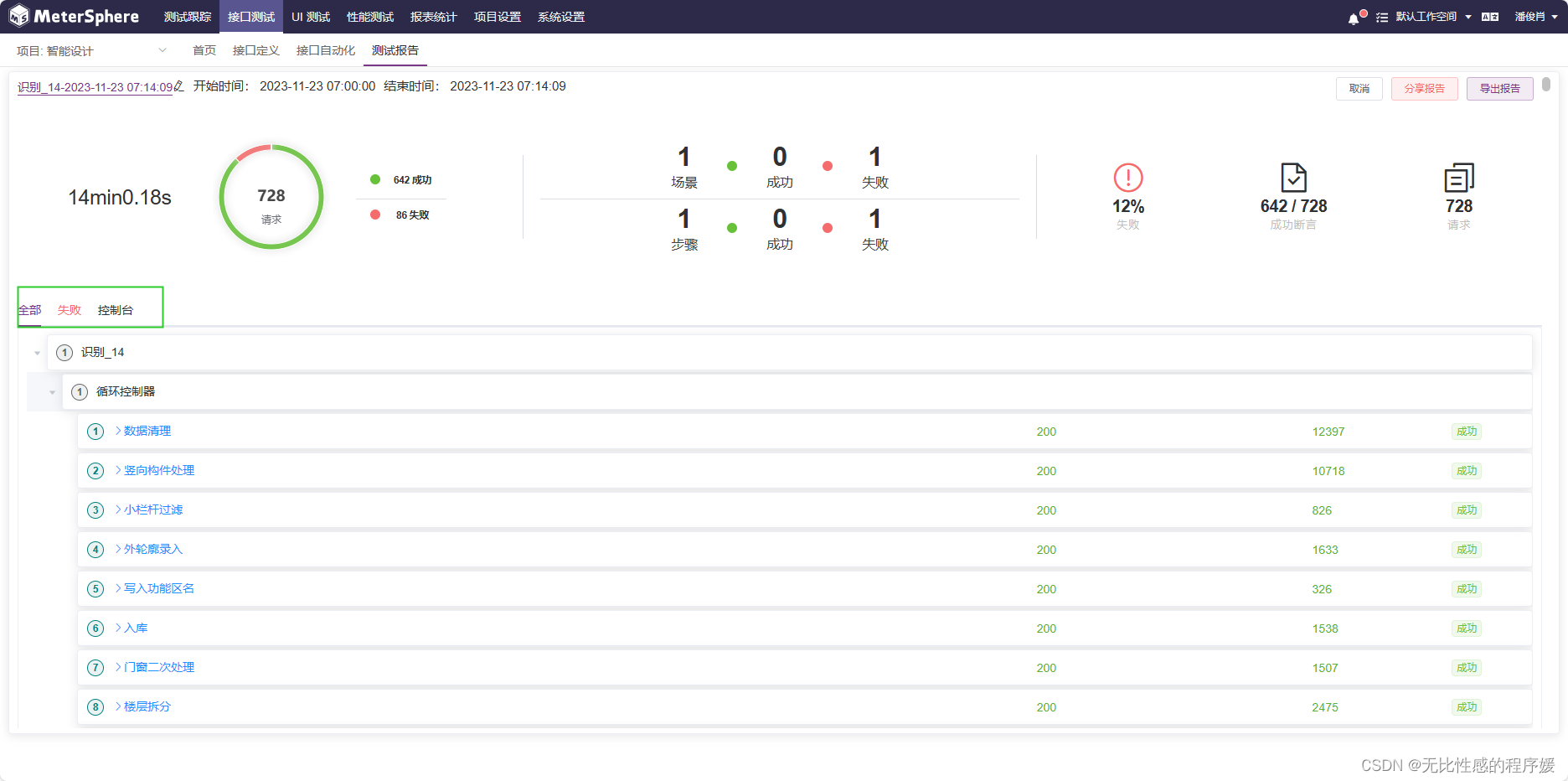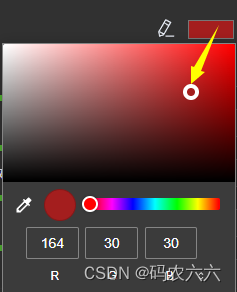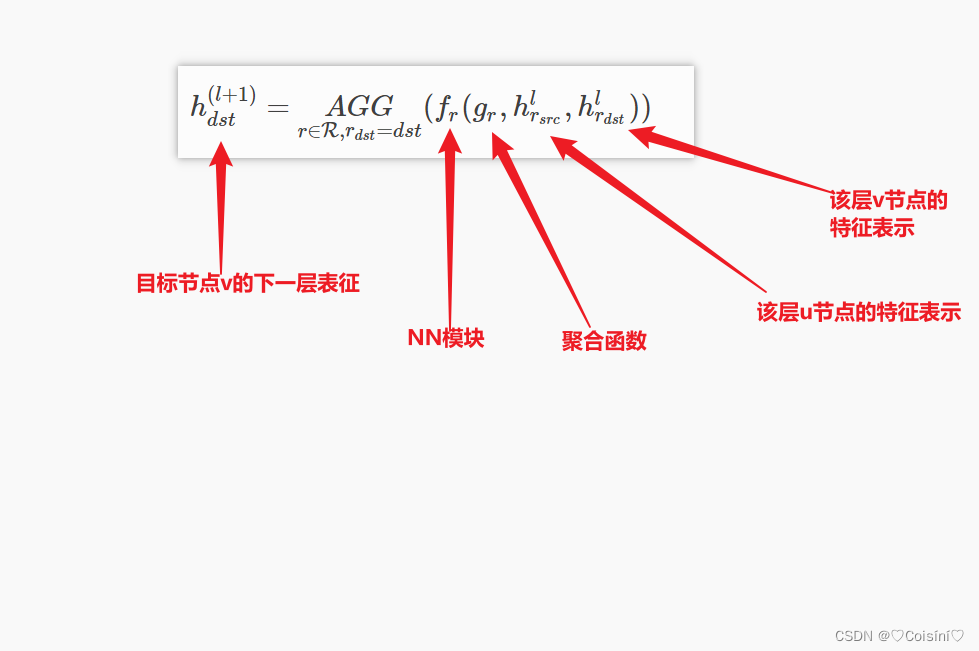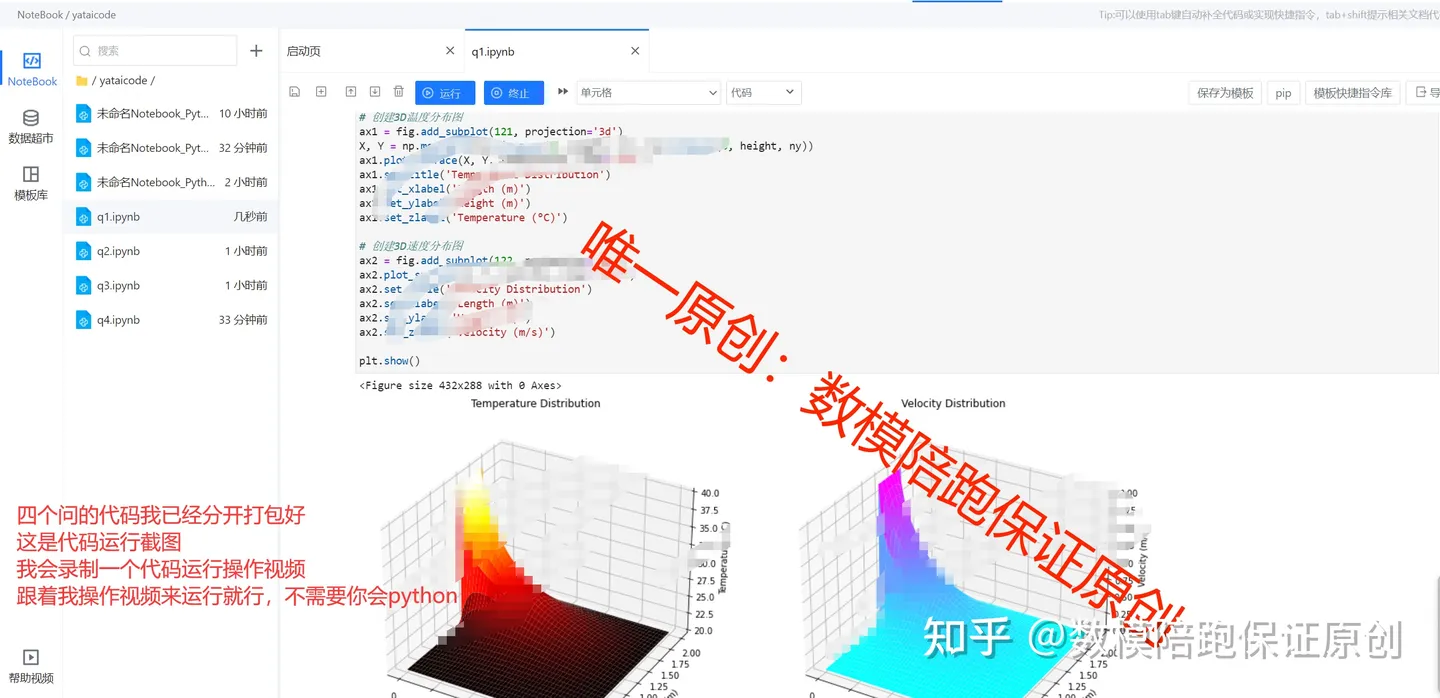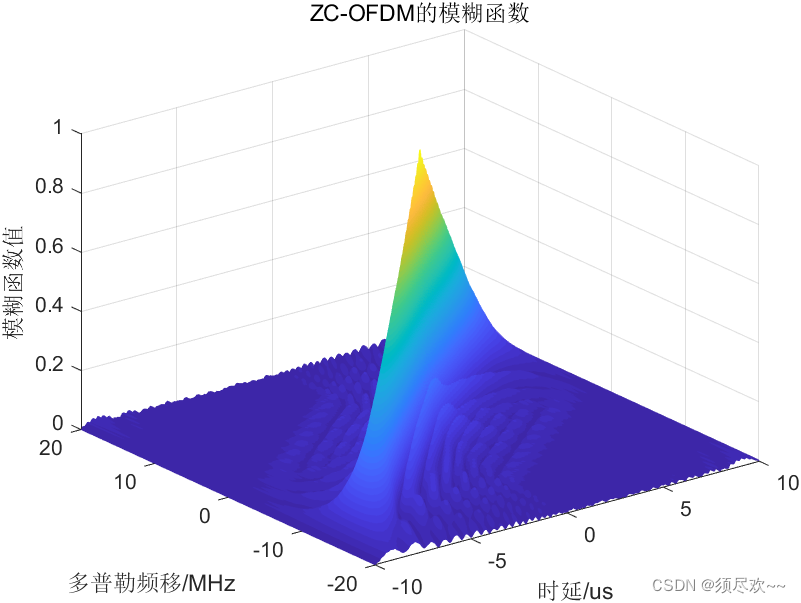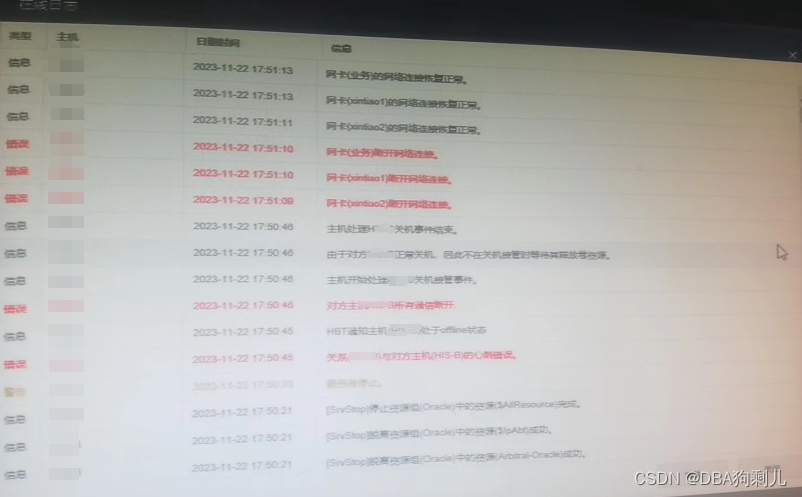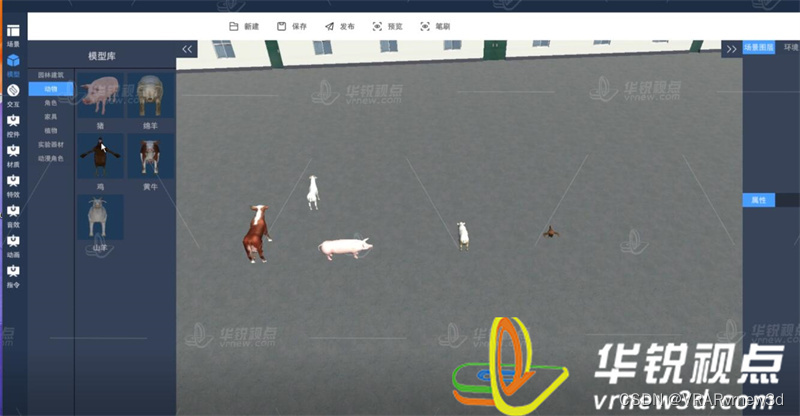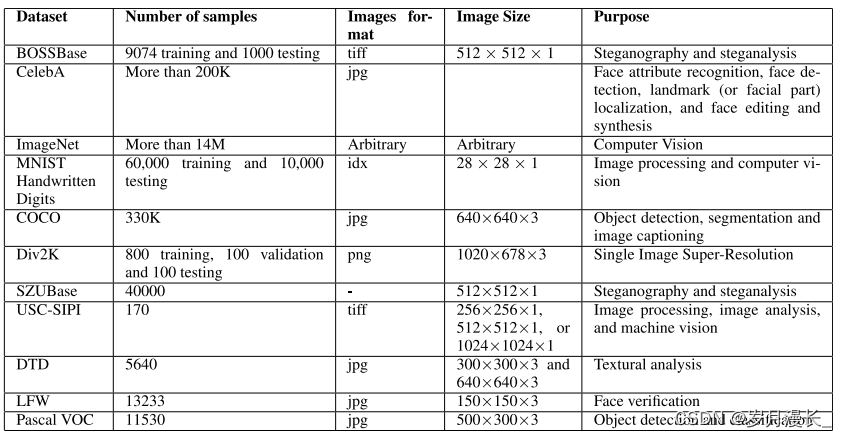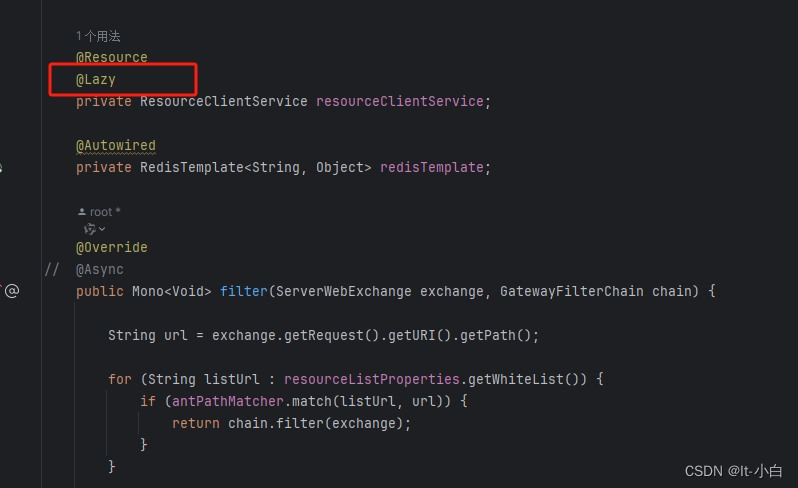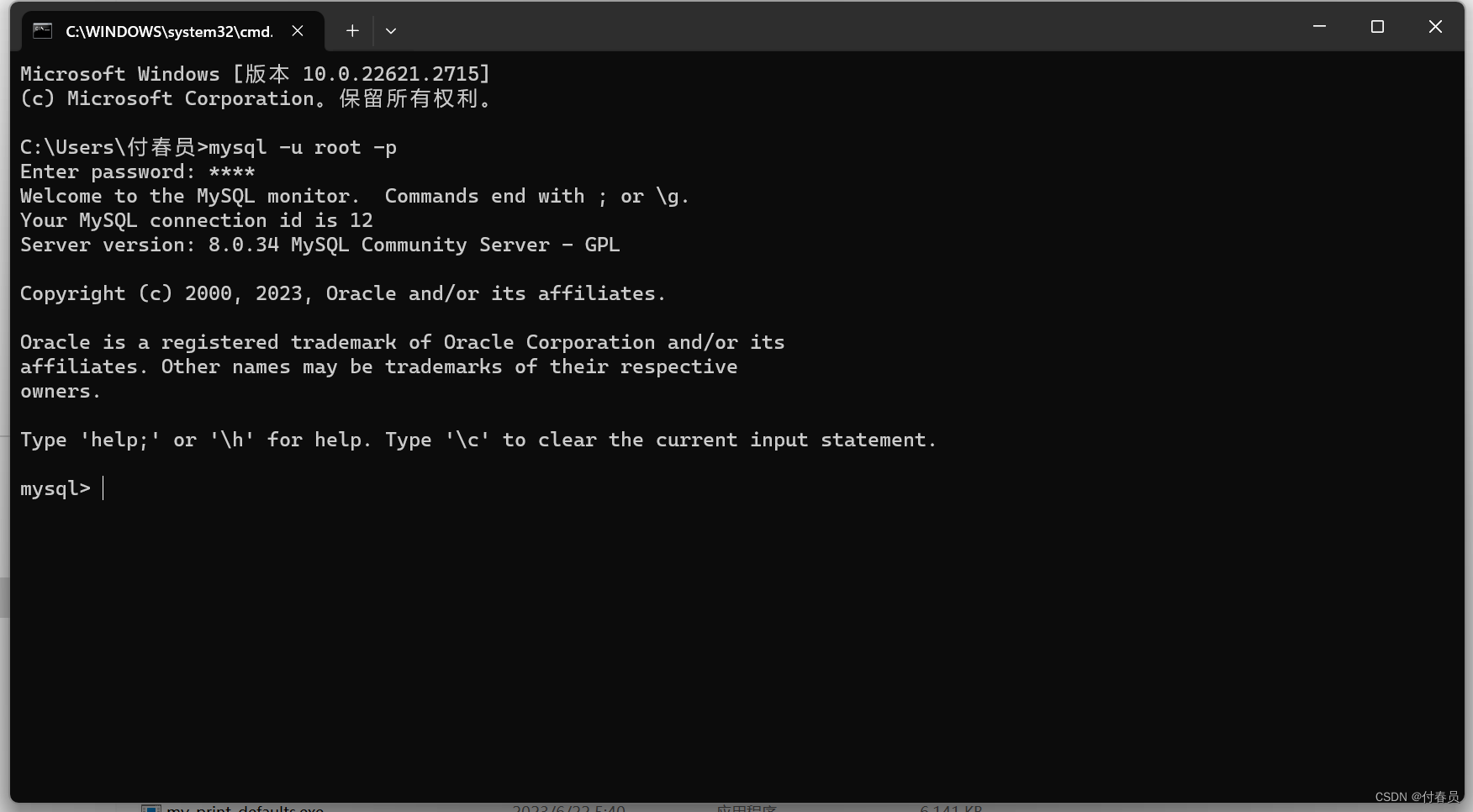
LeetCode 206. 反转链表
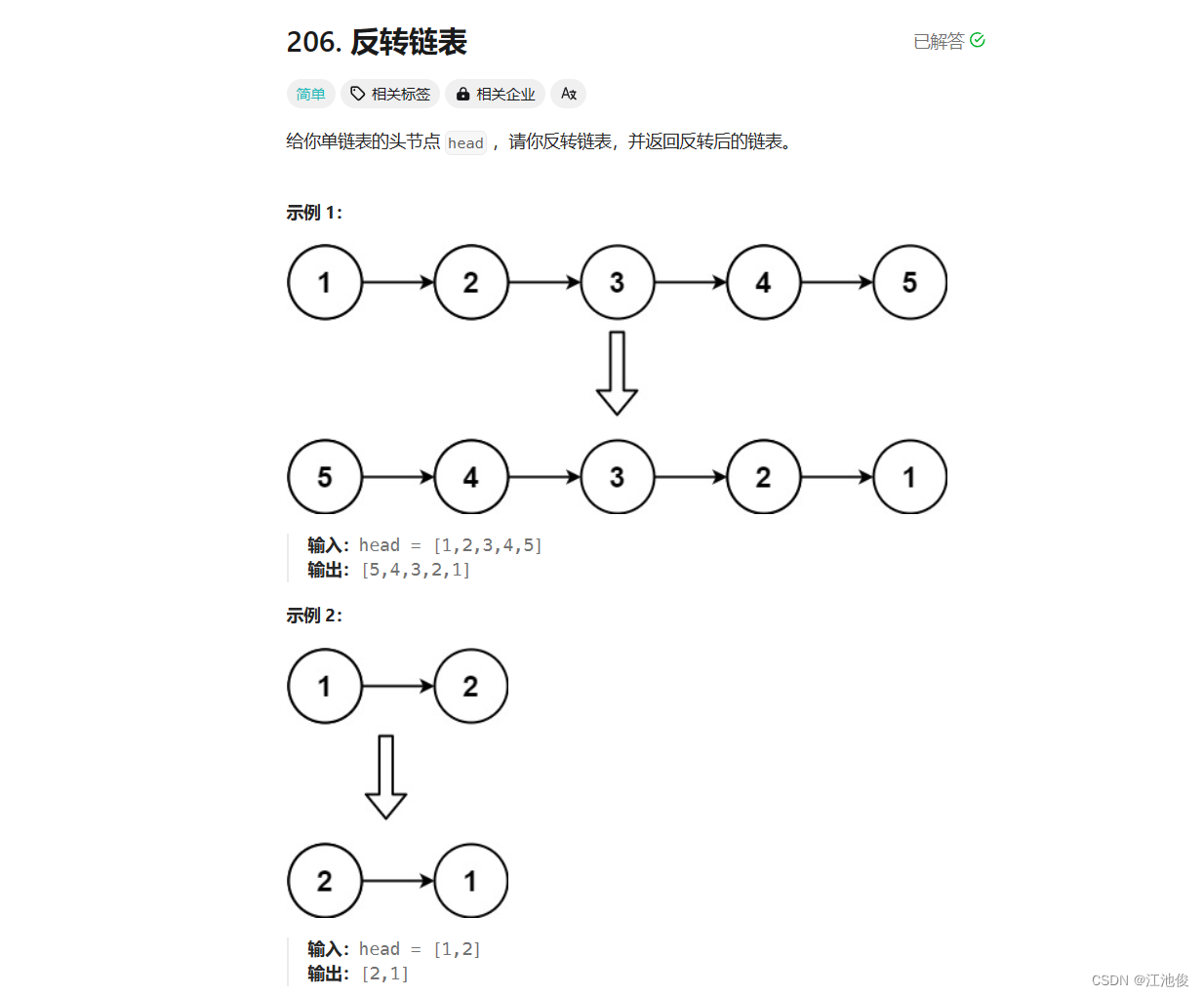
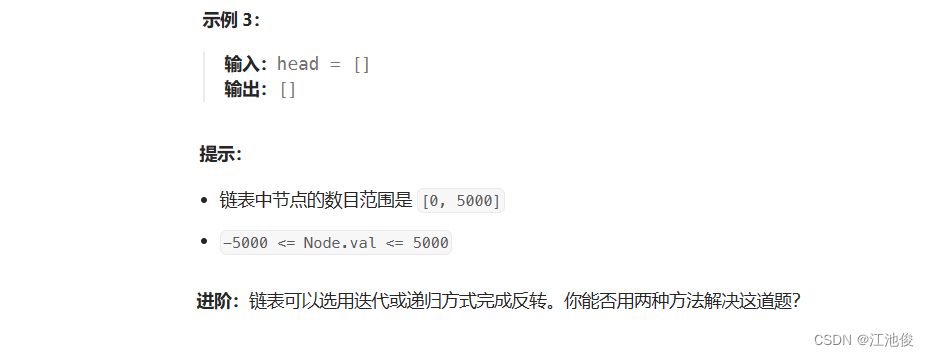
思路一:头插
- 初始化两个指针,
cur和newhead。cur指向给定的链表头节点,newhead初始为NULL。- 在
cur不为空的情况下,执行循环。
- 首先,记录下
cur的下一个节点next。- 然后,将
cur的next指针指向newhead,实现当前节点cur逆序接入新链表。- 接着,将
newhead指向cur,以便下一次循环时,newhead就能指向新链表的下一个节点。- 最后,将
cur移动到下一个节点。- 当
cur为空时,说明已经遍历完整个链表,此时newhead就是反转后的链表头,返回newhead。
头插法的好处是无需遍历链表就可以直接修改指针关系,实现反转。时间复杂度为 O(n),空间复杂度为 O(1)。
//头插法
struct ListNode* reverseList(struct ListNode* head) {
struct ListNode* cur = head;
struct ListNode* newhead = NULL;
while (cur)
{
struct ListNode* next = cur->next;
cur->next = newhead;
newhead = cur;
cur = next;
}
return newhead;
}
思路二:原地改变节点指向
- 定义三个指针
n1、n2 和 n3。n1初始为NULL,n2初始指向链表头节点,n3初始为n2的下一个节点。- 使用
while循环,遍历链表。在每次循环中,做以下操作:
- 将
n2的next指针指向n1,实现n2节点的指向反转。- 将
n1、n2和n3分别向后移动一个节点。具体地,将n1指向n2,将n2指向n3,将n3指向n3的下一个节点。- 当
n2为空时,说明已经遍历完整个链表,此时n1就是反转后的链表头,返回n1。
这个算法的优点是只需要遍历一次链表就能完成反转操作,时间复杂度为 O(n),空间复杂度为 O(1)。
//原地改变节点的指向
struct ListNode* reverseList(struct ListNode* head) {
if(head==NULL)
{
return NULL;
}
struct ListNode* n1 = NULL;
struct ListNode* n2 = head;
struct ListNode* n3 = n2->next;
while(n2)
{
n2->next = n1;
n1 = n2;
n2 = n3;
if(n3)
n3 = n3->next;
}
return n1;
}
